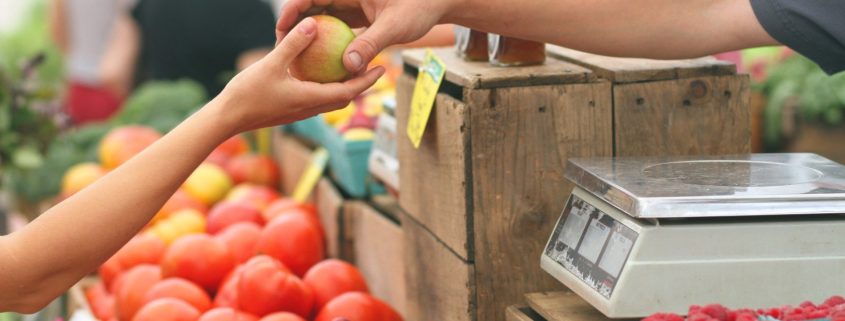70 Percent of Local Business Owners Market on Facebook… Not!
On March 1, 2011, a popular public relations website posted an article based on previously published research, claiming “70 percent of local-business owners market on Facebook.” The headline was shocking, the content equally bold, and the dialog that followed typical of the hype surrounding social media.
Readers began commenting almost immediately. One visitor challenged the assertion, suggesting it should not have been cited without investigation, and the site’s publisher quickly defended the post with a series of anecdotes about an 80-year-old t-shirt merchant, a few local bars and a family diner. From a neighboring state, the CEO of a marketing firm saw the publisher’s tweet and countered with his disbelief. Many of his followers echoed his skepticism.
Within days, this relatively obscure article had been “tweeted” 99 times, “liked” 35 times and “inShared” 117 times, as social media devotees echoed the good news: Facebook is king. Meanwhile, skeptics retaliated with posts of their own. Such is the power of social media.
But one has to wonder how many of the people who shared, responded to, or blindly retweeted this post took the time to read the original press release on which it was based, or followed the author’s embedded links to the survey data, posted two weeks earlier. I suspect if they had, there would have been less activity, as a careful review of the data reveals a very different picture.
It all comes down to sample bias – a term used to describe the use of a skewed or non-random group as representative of the larger universe. In the case of this study, researchers confined the sample space to members of “the largest social network of local business owners in the U.S.” The key word, here, is “social network.”
Local business owners who choose to join (and remain active in) social networks would obviously be a subset of the larger universe of local business owners, and a survey of that subset would not likely be representative of the universe. The sampling was further skewed by the method chosen to distribute the survey invitations: email. So, those who participated in the survey would have had to be members of the subset of the social network (subset) who are loyal enough to open and act on emails from the organization. It’s not hard to see why these social networkers might be more likely to practice social media marketing than would local business owners who don’t even belong to social networks, much less participate in their surveys.
Using statistics drawn from a biased subset of local business owners to represent all local business owners is no more justifiable than drawing conclusions on the national rate of alcohol consumption from a survey of bar patrons.
The practice is, however, entertaining. And the results lend themselves well to viral distribution by social media enthusiasts.
In the social media world, mistakes like this are self-perpetuating, simply because they feed the buzz. But who pays the price for feeding the buzz? Perhaps those at greatest risk are the “followers” who view reposts as endorsements.
So, next time you come across a startling discovery – particularly one that just doesn’t make sense – consider doing your friends and followers a favor… with the delete key.



